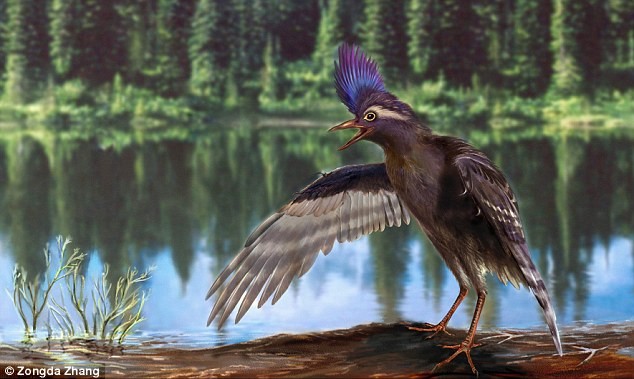Scientists have found 130-million-year-old dinosaur fossils in China of a new "punk-haired" species. They are the earliest ancestor of birds by 5 million years.
The new dinosaur species fossils were partial skeletons of the species Archaeornithura meemannae, a 6-inch-tall bird discovered in Northeast China. Scientists found the skeletons in siltstone slabs produced from sand, soil, or mud.
Birds started to split from dinosaurs on the evolutionary chain as the Jurassic period ended about 150 million years ago. Two classes of species started to develop.
The Enantiorinthes, one of the new dinosaur species discovered, had clawed wings and teeth, and was a poor flyer. It became extinct 66 million years ago.
On the other hand, the Ornithuromorpha evolved into modern birds. The oldest known ornithuromorph fossil previously dated back 125 million years ago.
The new dinosaur discovery of the oldest known ancestor of birds was in the Sichakou basin. That is located in the Hebei province, according to Daily Mail.
Several features prove that birds and dinosaurs are related. They include overlapping wing feathers to produce lift during flying, feathers on the front border of its wings, and its structure of bones.
Feathers covered most of the remainder of the body of A. meemannae including its head and fan-shaped tail. However, its bare legs imply that the bird was a wading shorebird.
In a recent interview Min Wang of the Chinese Academy of Sciences said that the feathers of the oldest relatives of birds were "really beautiful," according to The Scientist. They were also preserved quite well over 130 million years.
However, because the older species is less similar to modern birds than the younger species, scientists believe that older ancestors of birds probably exist. Wang said that the most primitive species of Ornithuromorpha is "most likely" from deposits older than ones scientists recently unearthed.
The discovery of the new dinosaurs is published this week in Nature Communications.



























